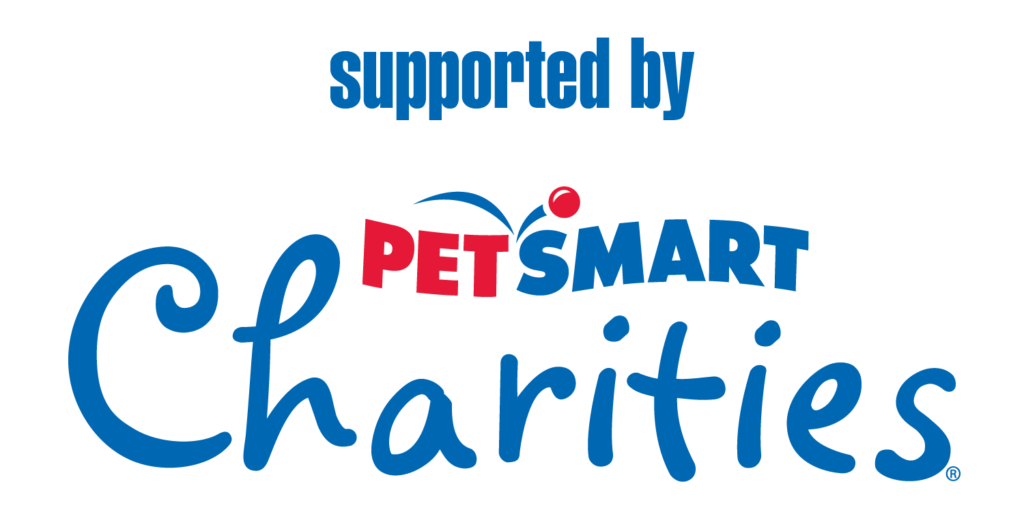Spay & Save Surgeries
from 2010 to 2022
Live Release Rate
The Live Release or Save Rate is the percentage of animals leaving the shelter alive no matter what their health or behavior status. This could be through adoption, return to owner or transfer. This measurement eliminates any subjective definition of ‘adoptable’.
Number of Adoptions
in 2022
Decrease in Euthanasia
Since 2006
Decrease in Cat Intake
Since 2006
Expanding Our Impact
Thanks to our progress towards ending the euthanasia of social, healthy, treatable cats and dog, our impact reaches beyond the Portland area. 26% of the animals entering our shelters for adoption come from outside our region.
Asilomar Accords
Portland is measuring its progress towards ending the euthanasia of social, healthy and treatable cats and dogs by gathering shelter statistics using the Asilomar Accords.
The Asilomar Accords are a set of criteria; guiding principles, standardized definitions, a statistics table for tracking shelter populations and a formula for determining live release rates in shelters. The purpose of the Accords and the live release rate is to create a uniform system so that shelters and other pertinent parties can obtain a better understanding of lifesaving shelter progress and get a big picture view of progress nationwide.
The name “Asilomar” comes from a place in California where in August of 2004, a group of animal welfare industry leaders from across the nation came together to discuss issues and create standards focused on reducing the euthanasia of healthy, treatable and adoptable companion animals in the United States.
Click here for additional information about The Asilomar Accords.
Pet Evaluation Matrix
A Pet Evaluation Matrix (PEM) is one component of the Asilomar Accords reporting system.
It gives more specificity to the Asilomar Accords definitions based on a community standard of care, compares shelter lifesaving to that of pet guardians in the community, and provides more confidence to community stakeholders, enabling everyone to have a better understanding of their shelter/community’s lifesaving progress and compare it to others. A PEM consists of a list of specific, more commonly seen medical and behavioral conditions that may occur in individual sheltered animals. These conditions may vary depending on the region and shelter. Each shelter animal’s medical and behavioral status is evaluated and they are slotted in one of four Asilomar Accords categories:
- Healthy
- Treatable-Rehabilitatable
- Treatable-Manageable
- Unhealthy & Untreatable
It is important to note that the category will NOT determine the outcome for a particular animal. You will see in our community statistics that we adopt out animals that would fall under the Unhealthy/Untreatable category.
To view the actual PEM, please click HERE.
Explore Statistics
The collection and publication of this data is made possible by Maddie’s Fund®, www.maddiesfund.org


